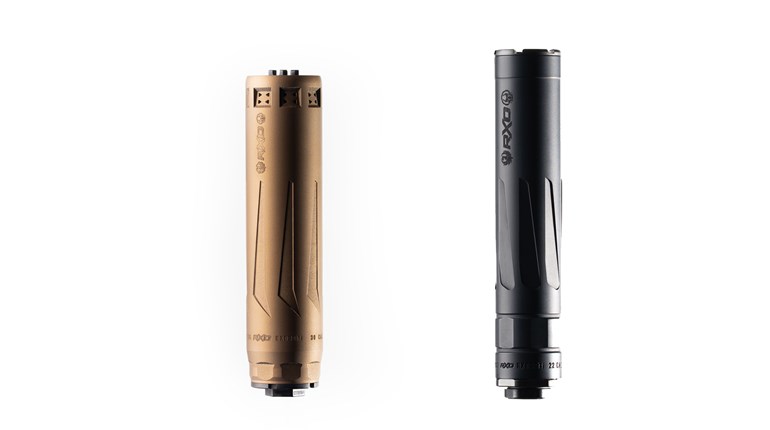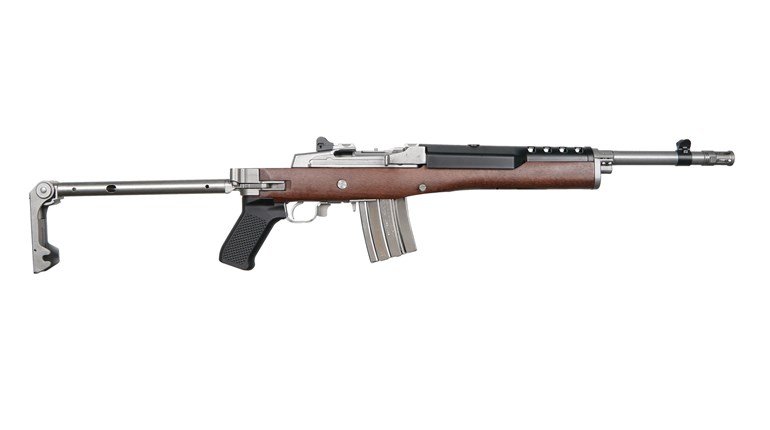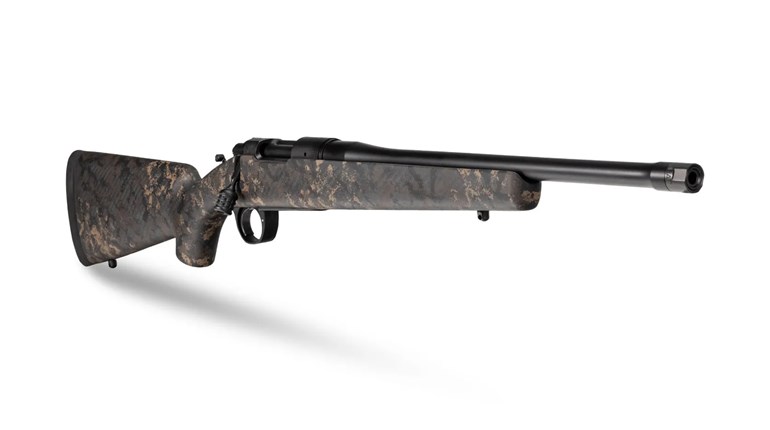
“Compact and chambered in two-two-three,
We had ammunition galore.
A trigger you’d pull for at least a full week,
And sometimes a little bit more.
Printing some groups so wide and diverse,
You could fit a small melon between,
Sit back, my friends, and listen to this,
An ode to the Mini-14.” – Phil Massaro
Sturm, Ruger & Co. has been responsible for some very impressive firearms in the latter-half of the twentieth century. The Ruger No. 1 revived interest in the single-shot rifles of yesteryear, and Bill Ruger’s modern twist was well accepted. The Ruger Model 77 bolt-action rifle quickly established itself in a very tough market that was dominated by the classic Winchesters and Remingtons. The Single-Six, Redhawk and Blackhawk pistols all have a huge following despite fierce competition. Ruger jumped into the autoloader market with their Model 44, a compact carbine chambered in .44 Remington Magnum, that made a great woods gun for deer and bear. Ruger firearms have always represented a good value to the sportsman.
The Ruger Mini-14, however, was a bit of a different engineering endeavor on Ruger’s part. Designed with a rotary bolt, based loosely on the military M14 design, with a gas piston based on the M1 Garand, the Ruger Mini-14 was made to be reliable. And, reliable it is.
Released in 1974, when much of the shooting community still referred to the AR-15 as the “Mattel Toy,” the blued steel and wooden stock of the Mini-14 had all sorts of appeal. I’d be willing to say that the Mini-14 was at the forefront of the modern sporting rifle movement, having equal applications among sportsmen and law enforcement. Chambered for the popular .223 Rem., it could handle varmints—and where legal, deer—and also make a good choice as a defensive firearm. With its signature long, rounded front sight, the Mini-14 was compact enough to carry around the farm, or ride in the truck while doing chores.
The accuracy of the Mini-14 is best described, in my own experiences, as less-than-target-grade. Well, let me qualify that statement. My opinion of rifle accuracy, from the time I was old enough to shoot, was formed from bolt-action rifles. I have always strived for the best accuracy available, and it was a number of years until I fully understood why my Model 94 Winchester couldn’t shoot as accurately as a Model 700 Remington. That said, the Mini-14 never gave me anything close to MOA accuracy, but it was accurate enough to take hunting.
Right around the time we got serious about hunting coyotes here in New York, I bought a bolt-action Ruger 77 in .22-250 Remington, and my dad, Ol’ Grumpy Pants, bought a stainless Mini-14, complete with the B-Square side-mount for the scope. The .22-250 proved to be an absolute tack driver; the Mini-14, well, not so much. No matter what ammo I used, or what handload I cooked up, group size was no better than two inches. Now, in all sincerity, that’s probably good enough for the majority of shots we take at coyotes and woodchucks, but we all concurred that the rifle wasn’t the best choice as a varmint gun.
Some have told me that the problem was—in that older model that dad had—that the positioning of the gas system affected the barrel, and therefore the accuracy, but that the problem has been rectified in newer models. I have seen a couple that shot really well, but they seem to be the exception to the rule.

One of the coolest features of the Mini-14 is that it can be easily customized. Depending on the laws in your particular state, there are collapsible stocks, folding stocks, pistol-grip stocks, flash suppressors, noise suppressors, synthetic stocks; the list goes on and on. All of the models chambered for the .223 Remington—with the specific exception of the Ruger Mini-14 Target Rifle—can fire 5.56mm NATO ammunition, giving the shooter many more options when ammunition gets scarce. Ruger currently offers three models of the Mini-14: The Ranch Rifle, which closely resembles the original, blued steel and wood, yet is also available in a stainless/synthetic variation; the aforementioned Target Model, with a Hogue Overmolded stock or futuristic, black-laminate thumbhole stock, and a Tactical Model with extended pistol grip and six-position collapsible stock.
So, seriously, in this era of MSRs being readily available, why would the Mini-14 still be a viable rifle? Well, firstly, because it’s fun to shoot. While the accuracy is less than the average AR-15, it’s still good enough to get the job done for most of our shooting requirements. Secondly, it’s compact enough to fall under the ‘handy’ heading, meaning it is easy to take in and out of the scabbard on an ATV, or from a gun case in the truck. And, as silly as this sentence feels to write, it doesn’t have the readily identifiable profile of the AR-15, that the press has worked so hard to demonize in the last two decades.
The familiar ‘clank’ of the Mini-14 action elicits mixed emotions for me. I remember the frustration associated with trying to make a ‘silk-purse-out-of-a-sow’s-ear’, but more importantly, I remember the fun I had burning up hundreds of rounds in pursuit of the accuracy. The Mini-14 is just a fun gun to shoot.

Want to read more from Philip Massaro? Check out the stories below:





































